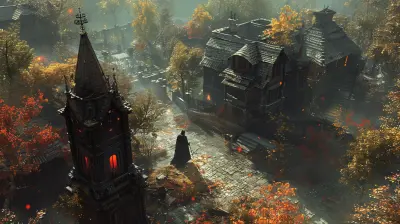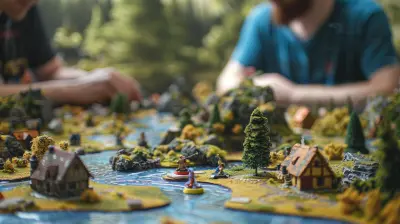Evolution of Fighting Game Mechanics Through the Generations
22 May 2025
So, you think you're a fighting game aficionado, huh? From the pixelated karate chops of yesteryear to today’s hyper-realistic, frame-perfect combos, fighting games have undergone a ridiculously wild transformation. This genre didn’t just "level up" — it smashed through walls, performed a perfect parry, and landed a Fatality on its old self. But how exactly did fighting game mechanics evolve over the decades? Oh, buckle up, champ, because we’re diving fists-first into this nostalgic knockout journey! 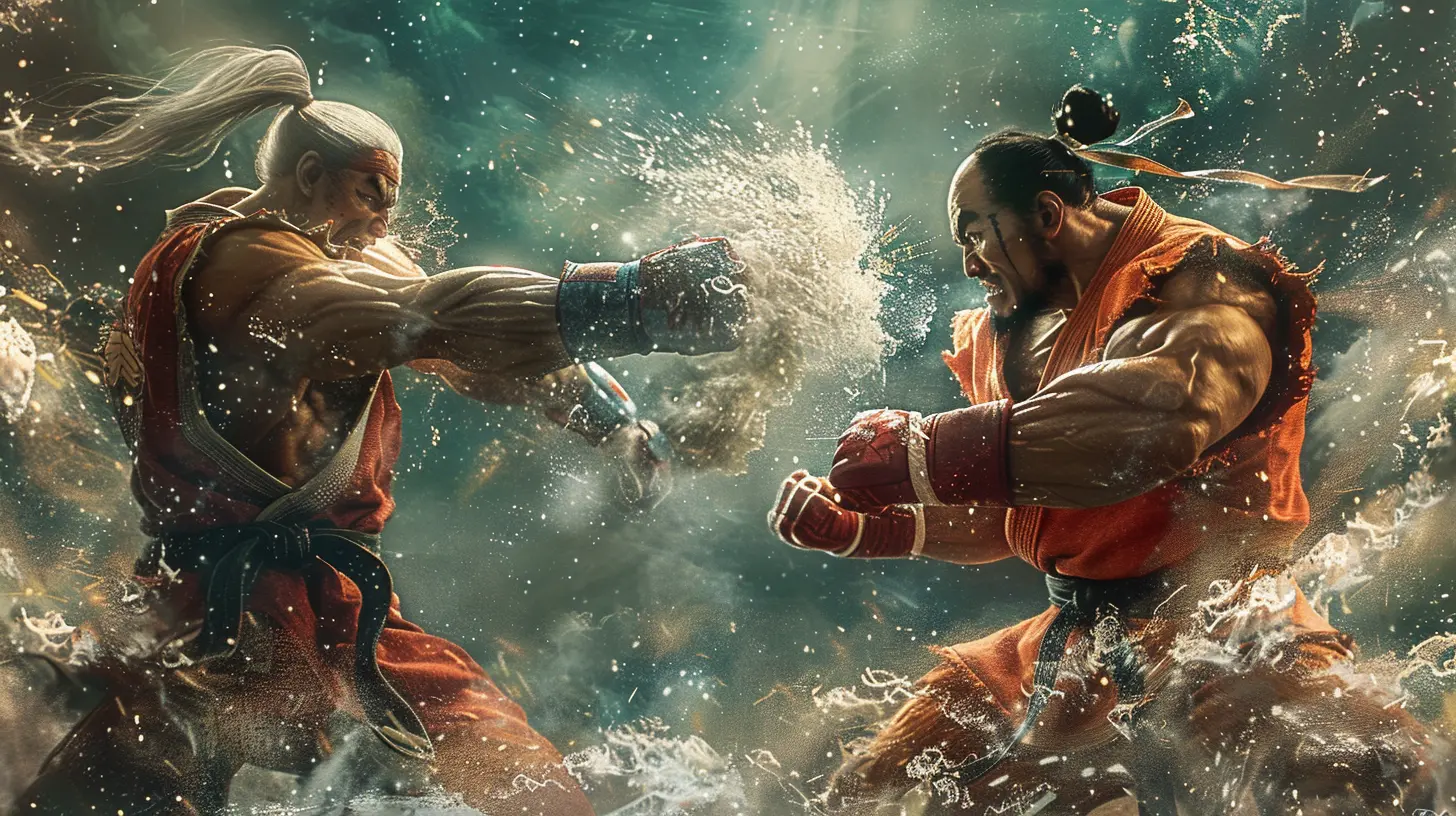
The Arcade Glory Days: Simplicity Wore the Crown
Remember the golden age of arcades? You’d bring that crumpled dollar bill to the change machine, slap down your quarters, and pray to the gaming gods that you could survive long enough to impress your friends. Back then, fighting games weren’t bogged down by overly complicated mechanics. They felt fresh and wild, and their simplicity was chef’s kiss.The Birth of a Genre – Karate Champ (1984)
Let's time travel to 1984 when Karate Champ made its debut. This bad boy wasn’t flashy, but it got the job done. One-on-one karate action with a whole two joysticks per player! This was the Stone Age of fighting games, folks. No special moves, no combo system—just pure, unadulterated button-mashing (or, in this case, joystick-wiggling) glory.What Karate Champ did, though, was introduce the concept of competitive one-on-one fights… and set the groundwork for legends to come. Think of it as the grandpa who kicked open the door so his badass descendants could walk through. 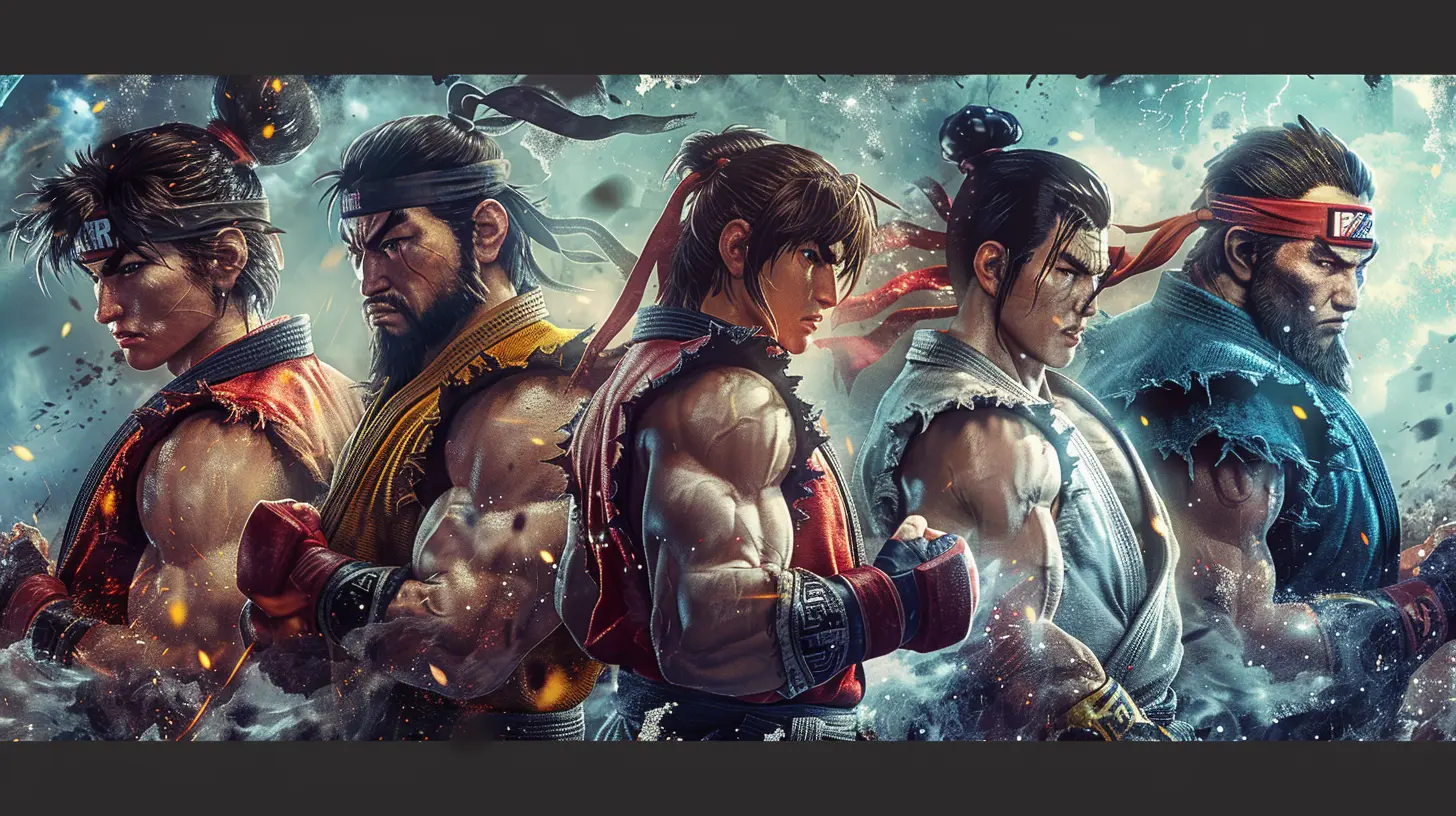
Enter Street Fighter and the Rise of Special Moves
By the late '80s, people wanted more. Button-mashing alone was fun, but we were hungry for that extra layer of depth. Enter Street Fighter (1987). Now, before you go all "Hadouken!" on me, let’s clarify: the original Street Fighter was kind of clunky. It was more like that awkward teenage phase than a polished masterpiece.But then came Street Fighter II (1991), and it flipped the script. The sequel gave us something revolutionary: special moves, combo systems, and diverse characters with distinct playstyles. Ryu’s Hadouken, Chun-Li’s lightning kicks, Zangief’s spinning pile driver—absolute game-changers.
Combos Were an Accident?!
You heard that right! Combos, the mechanic most synonymous with fighting games, were created by complete accident. Designers noticed that you could string moves together as a bug in Street Fighter II, and instead of fixing it, they leaned into the chaos. Big brain energy, right? This "oopsie" turned out to be one of the most influential mechanics in gaming history.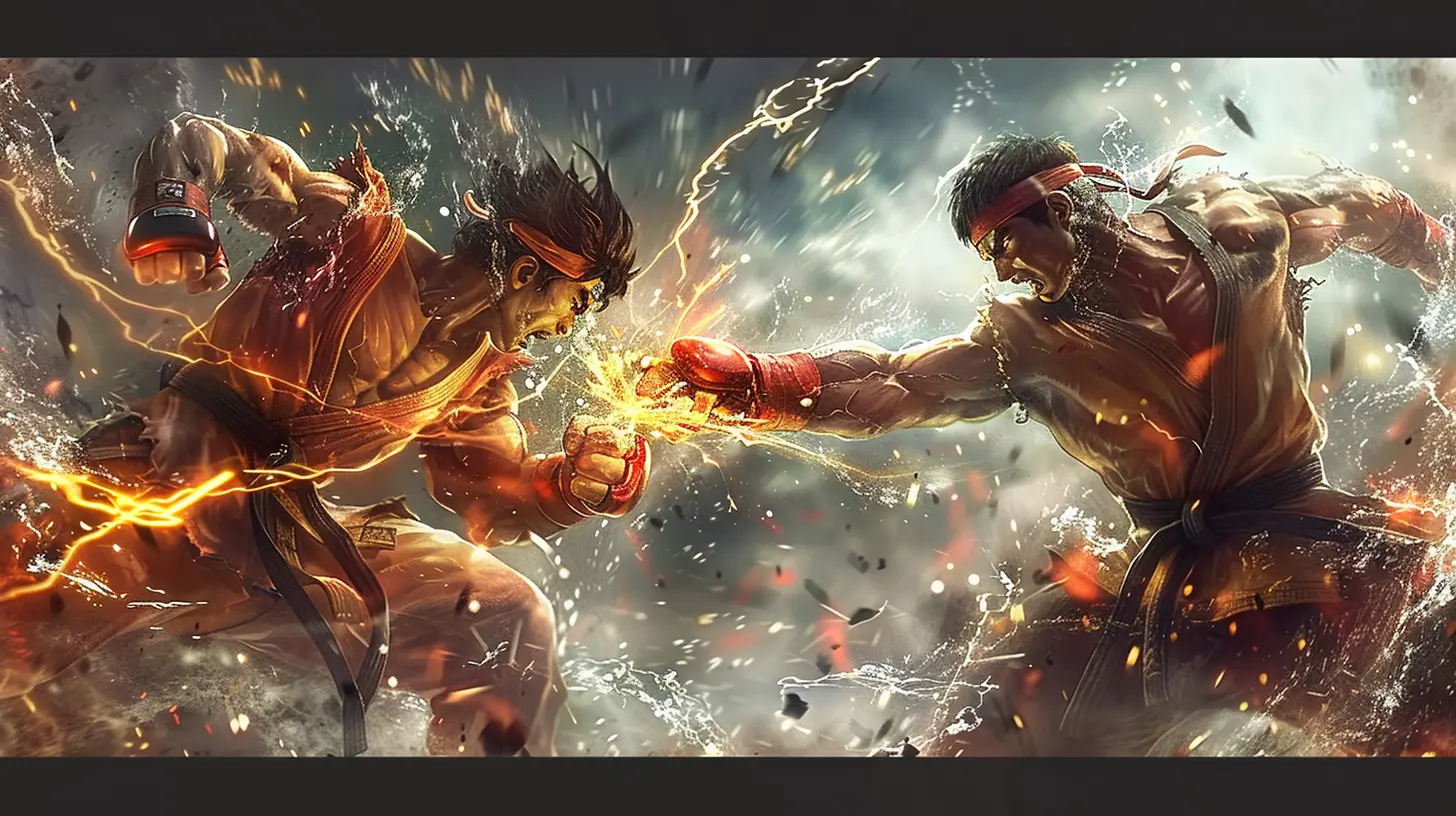
Mortal Kombat and the Era of Brutality
Just as people were mastering the art of combos, Mortal Kombat (1992) came smashing through the scene with a blood-soaked sledgehammer. If Street Fighter was the poetic martial artist, Mortal Kombat was the trash-talking brawler who stole your lunch money.This was where Fatalities entered the chat. Remember your first Fatality? The sheer disrespect of ripping someone’s spine out or turning them into a baby (yes, Babality was a thing) remains unmatched. Mortal Kombat brought the gore, sure, but it also expanded combat by introducing unique inputs and adopting a more aggressive tone that felt raw.
Mechanics That Left Scars
Mortal Kombat introduced mechanics like the block button (because who needs back-to-block, right?) and heavy reliance on dial-a-combo systems. Love it or hate it, MK was carving its own lane—and boy, did it run with it.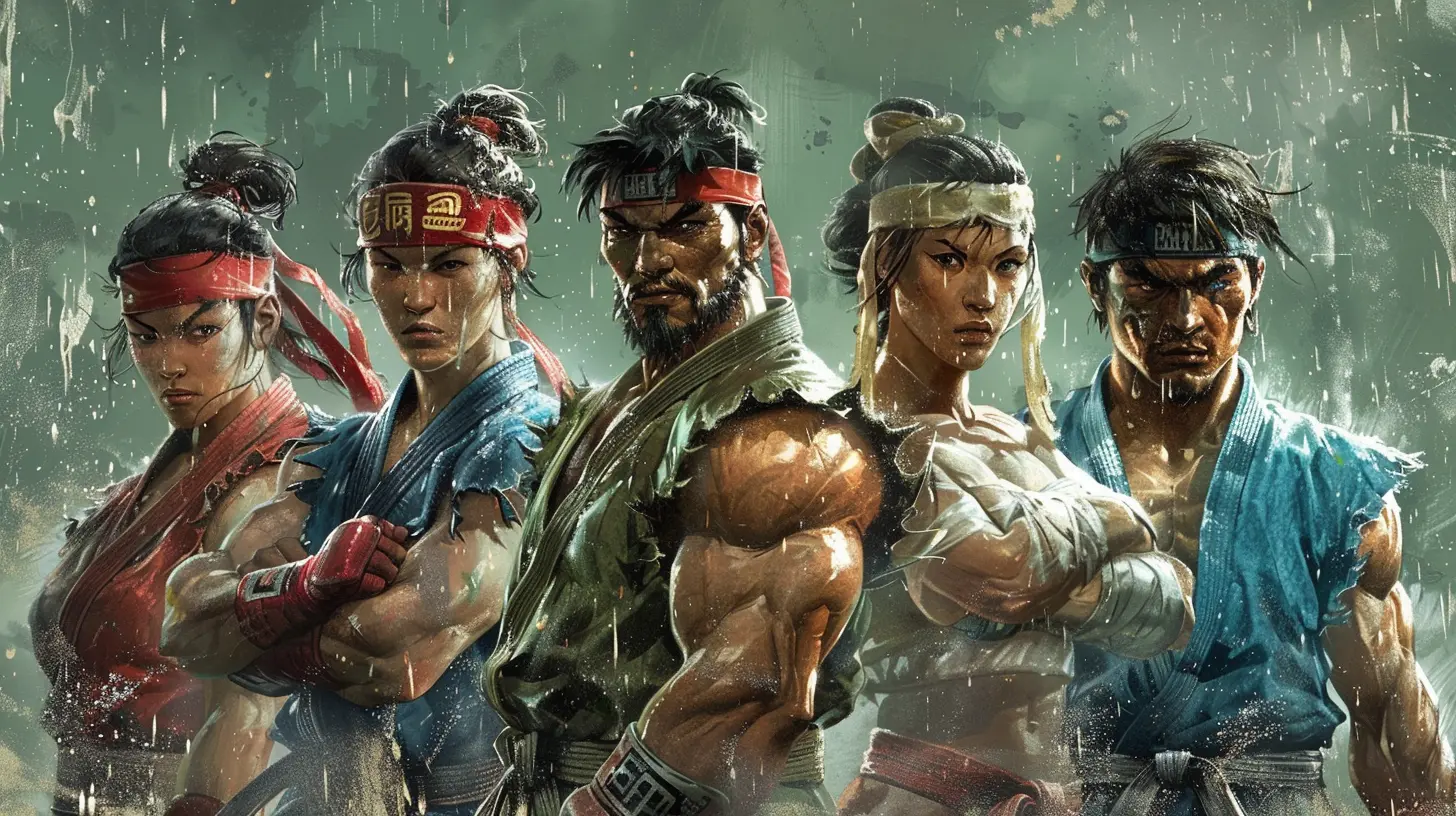
The 3D Revolution: Tekken, Virtua Fighter, and Soulcalibur
By the mid-'90s, technology had hit another level. Developers were like, "Yo, what if we made fighting games… in three dimensions?" Enter Virtua Fighter (1993), Tekken (1994), and Soulcalibur (1998). These games didn’t just add a new axis—they brought an entirely new depth (pun intended) to the genre.Sidestepping into the Future
The introduction of sidestepping made fights feel dynamic. It added an extra layer of strategy because now you weren’t just thinking about high or low attacks, but also which direction to dodge. Tekken, in particular, became the poster child for 3D fighting games with its fluid animations and intricate combos.Weapon-Based Combat FTW
Then there was Soulcalibur, which said, "Swords make everything better." The weapon-based combat, mixed with ring-outs and ridiculously flashy moves, turned every match into a high-stakes anime duel.The Competitive Scene: A New Challenger Approaches
By the early 2000s, fighting games weren’t just a pastime—they were becoming a bonafide esport. Street Fighter III: Third Strike, Marvel vs. Capcom 2, and Super Smash Bros. Melee solidified their places in competitive gaming history.The Rise of Execution and Depth
Fighting game mechanics here weren’t just about showing off anymore. They demanded precision. Parrying (perfectly timed counters), frame data knowledge, and footsies became buzzwords in the community. If you wanted to climb the ranks, you had to put in the sweat equity.Remember that legendary Evo Moment #37 when Daigo parried all of Chun-Li’s kicks in Third Strike? That wasn’t just a highlight—it was a freakin’ cultural milestone.
The Casual Renaissance: Accessibility is Key
The 2010s saw the genre pivot from hardcore execution to more accessible mechanics. Developers realized that scaring players off with overly complicated movesets wasn’t the best strategy. The goal? Keep the depth for veterans but make it easier for newcomers to get into the action.Simplified Inputs and Comeback Mechanics
Games like Street Fighter V, Dragon Ball FighterZ, and Mortal Kombat 11 leaned on shorter input commands and systems like auto combos or comeback meters (hello, Fatal Blows). These mechanics gave casual players a fighting chance without completely watering down the experience for the competitive crowd.Oh, and let’s not forget Smash Bros. Ultimate, which became the ultimate (pun intended) party game while still offering insane depth for competitive play. It’s like a gateway drug for the fighting game genre.
The Modern Era: Where Are We Now?
Fast forward to now. Fighting games have pretty much transcended mere “games” and evolved into visceral experiences. Graphics are jaw-dropping, animations are buttery smooth, and new systems cater to both casuals and hardcore players.Rollback Netcode and Online Play
If you’ve spent even a minute in the FGC (Fighting Game Community), you’ve probably heard people screaming, "Put rollback in everything!" And they’re absolutely right. Rollback netcode is the evolution fighting games needed to thrive in an online-first world. Games like Guilty Gear Strive and modern ports of older titles have shown how essential smooth online play is for the genre’s survival.Customization and Experimentation
Games like Tekken 7 and even indie darlings like Rivals of Aether embrace customization, crazy mechanics, and personalized playstyles. Plus, with modding and community-driven projects gaining traction, the genre feels fresher than ever.What’s Next for Fighting Games?
Is it VR? AR? AI opponents that adapt to your playstyle? The possibilities are bananas. Developers are always finding new ways to innovate and keep us hooked. One thing’s for sure: the fighting game genre’s evolution isn’t slowing down anytime soon.But hey, no matter how advanced things get, nothing beats the thrill of landing that perfect combo or clutching a hard-fought victory. So dust off your fight stick, hit training mode, and get ready to throw down—just like the legends before you.
all images in this post were generated using AI tools
Category:
Fighting GamesAuthor:

Leandro Banks
Discussion
rate this article
3 comments
Patricia Mitchell
From button-mashing mayhem to skillful combos—what a wild ride!
June 7, 2025 at 4:40 PM

Leandro Banks
Thank you! It's fascinating to see how fighting games have transformed, blending chaos and strategy over the years!
Caden Newman
From pixelated punches to hyper-realistic combos, the evolution of fighting game mechanics mirrors our own growth—adaptable, innovative, and always ready to throw down. Here’s to the next round!
May 31, 2025 at 3:19 AM

Leandro Banks
Thank you! It's exciting to see how fighting game mechanics reflect our ability to innovate and adapt. Cheers to the future of gaming!
Lysander McFarlane
Great insights! It’s fascinating to see how fighting games have evolved over time.
May 28, 2025 at 3:36 PM

Leandro Banks
Thank you! I'm glad you enjoyed the insights into the evolution of fighting games!

